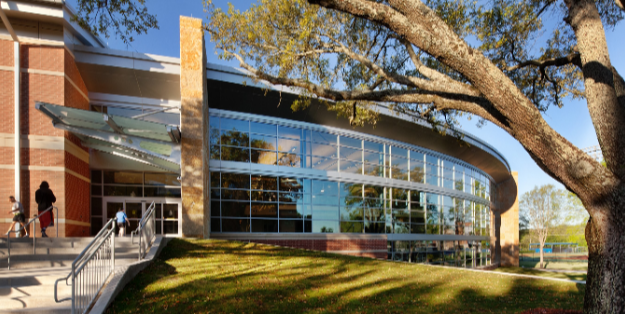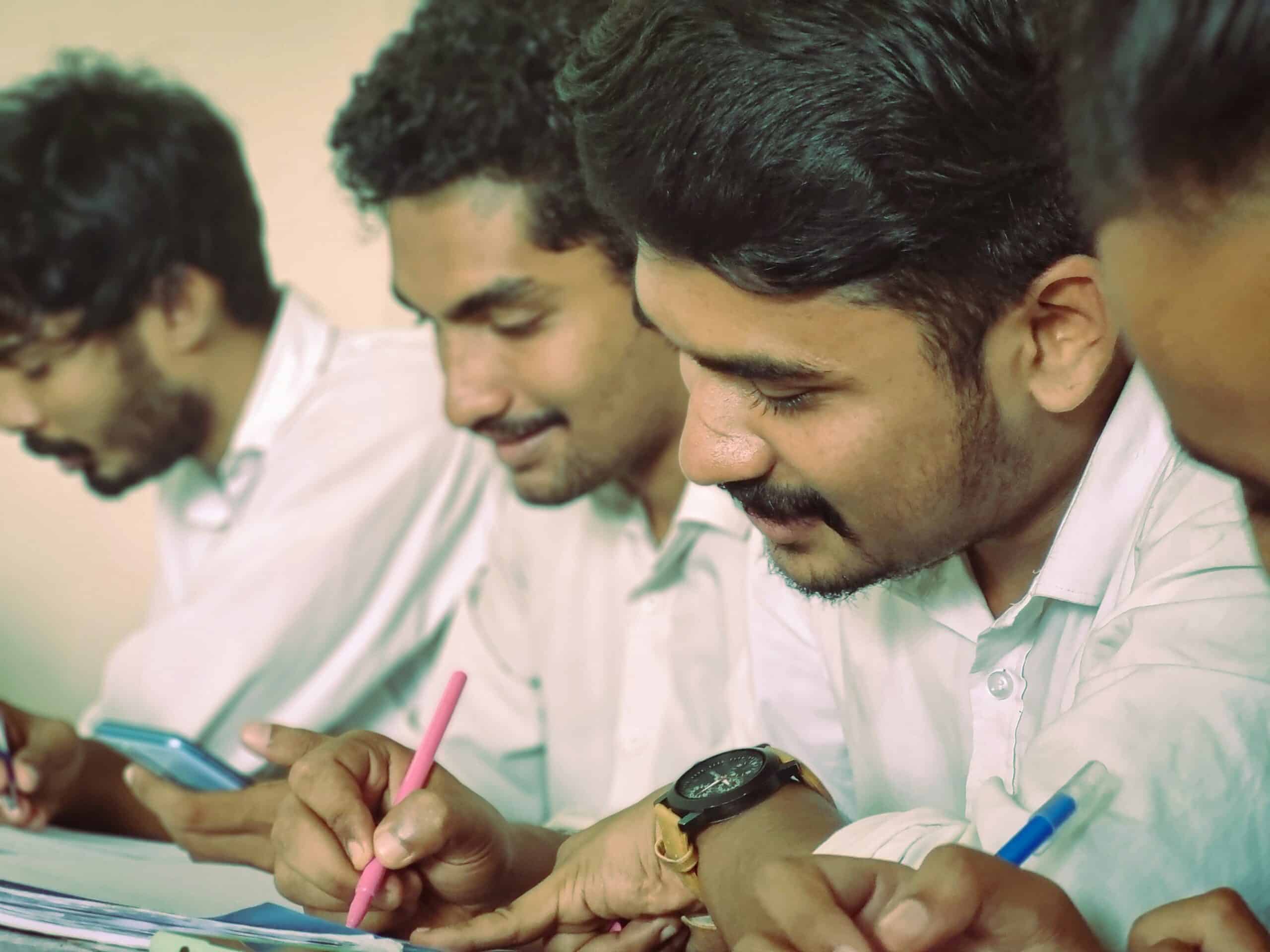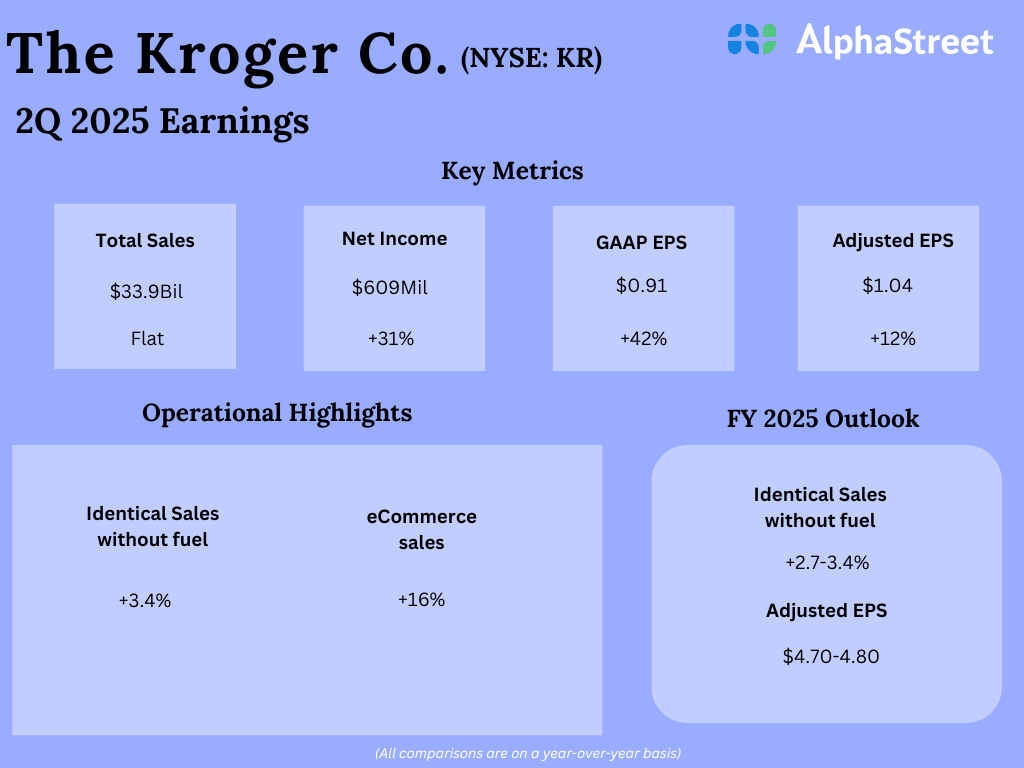Columbus State University Rec Building
What role does campus recreation play in advancing student well-being and leadership? In this month’s HigherEdCareers interview, Andy Hibel, COO of HigherEdJobs, talks with Lashica Thomas, director of campus recreation at Columbus State University and current president of NIRSA: National Intramural-Recreational Sports Association. Thomas shares her journey from student employee to national leader, her perspective on inclusive campus programs, and the priorities guiding her work at the national level.
Andy Hibel, HigherEdJobs: What drew you to the field of campus recreation, and how has your role evolved over time at Columbus State University?
Lashica Thomas, director of campus recreation, Columbus State University; president, NIRSA: I honestly did not know that the world of campus recreation existed until college, and I was trying out to be a group fitness instructor. I was always passionate about recreation since I played sports in high school and was the basketball manager, so when the rec called to say, “you want to work at the front desk?” I readily agreed, and that kicked off my career in the field of higher education as a freshman. I started off swiping cards, then became a supervisor, then program assistant doing the facility reservations — all as an undergrad. I graduated and took the graduate assistantship in facilities and did a fitness internship. Then the rec center had an opportunity to expand, and I was offered my first professional position as facility coordinator managing reservations and special events. Over time, I moved up to assistant director and then eventually director.
Hibel: For students who are new to fitness or less experienced with sports and gym culture, campus recreation can sometimes feel intimidating. How does your team ensure that your programs are inclusive, accessible, and aligned with the varying interests and comfort levels of the student body?
Thomas: All of our programs and services are open to all students. We make sure to be involved in orientations and presentations so we can advocate those opportunities to students. During orientation, we provide a tour of the facility and facilitate a presentation to all incoming students. The team also hosts a Rec Night Out showcasing all of the programs that campus rec offers to the students. During that time, the team is sharing what it means to be involved in their programs and the benefits the student could gain by participating.
Hibel: What are some challenges or opportunities you’ve encountered in supporting student well-being through campus recreation?
Thomas: On our campus there is not a dedicated department for student well-being so I was tasked along with my department to create a cohesive one stop shop for all things well-being. We used it as an opportunity to thread well-being into all areas of campus. We were able to compose 9 dimensions that showcase the resources that are available on our campus for the students in their pursuit of being well. Campus recreation is just one cog in the wheel to assist students in the overall holistic journey of well-being.
Hibel: How do you measure the impact of recreation services on student engagement or retention at your institution?
Thomas: Just like most institutions, we utilize data collected from assessments, set up new goals, and try to achieve the university mission of retention, progression, and graduation by offering programs that engage students, so they realize their potential.
Hibel: What keeps you engaged in working in the area of campus recreation in higher education?
Thomas: The students are the reason I work in the field of higher education because they are the ones whose lives are directly impacted by working in our departments and participating in our programs. Hearing from students after graduation and they tell you how working for you impacted their lives and show appreciation is the best feeling, but more importantly, I am st happy I was able to be a part of their continued journey.
Hibel: As NIRSA president, what priorities have guided your leadership this year? Are there any specific achievements or initiatives that you are particularly proud of?
Thomas: We have been focused on NIRSA’s capacity to be a catalyst for advancing recreation, sport, and well-being in higher education. We are doing that by shifting our systems to be even more nimble at producing the resources and learning that members need in this rapidly changing environment. Campus recreation is now hiring from a wider range of backgrounds and experiences, and NIRSA is making changes to support all rec professionals with the learning programs and networking opportunities they need to be successful in the field today.
Hibel: What trends are you seeing in campus recreation on a national scale, and how is NIRSA helping shape the field’s future?
Thomas: One trend is an increased interest in women’s flag football in college due to the growth in high school programs. NIRSA has always looked to the future and aligned with other like minded partners, like the USTA and now NFL Flag, to further the field of play. Another upward trend is the number of campuses adopting a holistic, integrated, and strategic approach to wellbeing for its direct impact on student success. NIRSA has been championing well-being in higher education for nearly a decade.
Hibel: For professionals who want to get more involved with NIRSA, what advice or entry points would you recommend?
Thomas: I would advise checking out the website and joining a work team, committee, or your local state association. Another way is to sign up to be a session monitor at conferences and submit a proposal to present. We are always looking to the field for content that will help all of us do our jobs more effectively and efficiently on our campuses, so share your methods.


























